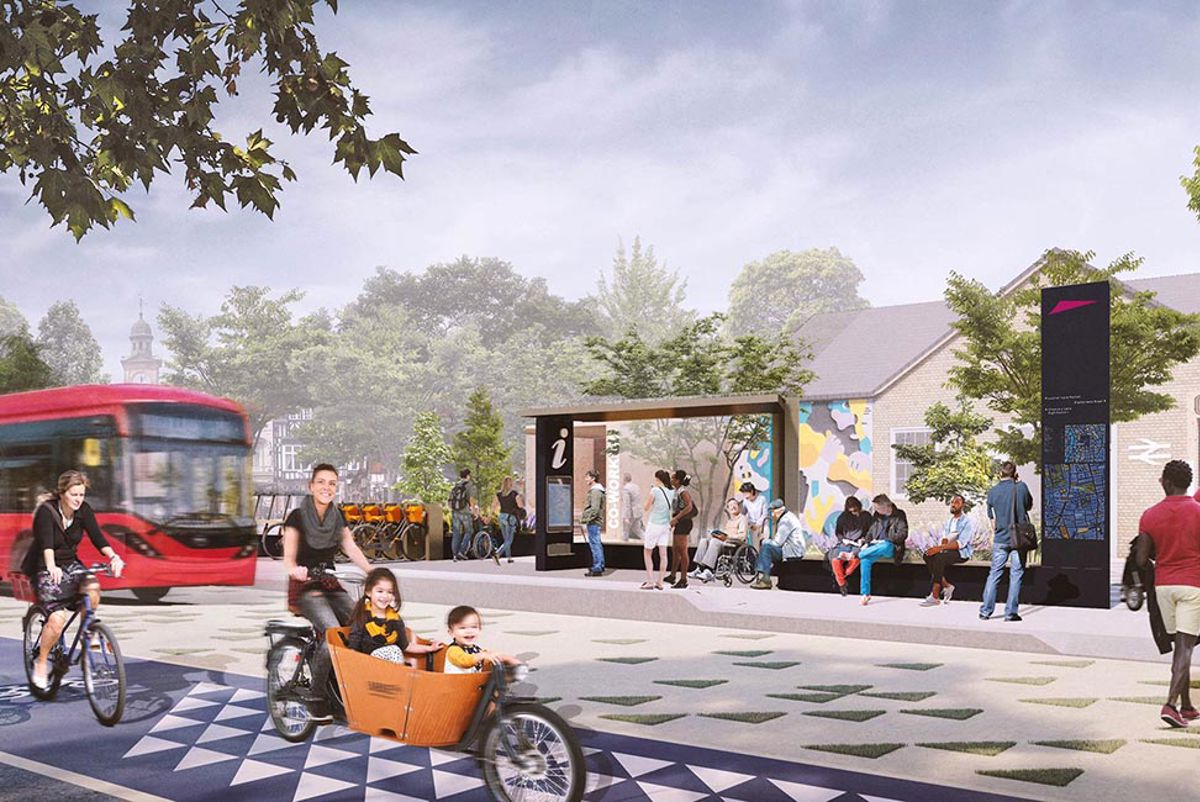Anticipate new modes of transport

In the last century, most cities were shaped by the needs of private cars. Today, with towns and cities becoming more densely populated, and growing appetite for healthier, low emission forms of transport, the development calculus is more complicated.
There are significant planning implications whenever new transport modes are introduced or new transport preferences emerge. In recent years the proliferation of e-bikes and e-scooters has provided many city inhabitants with flexible and affordable, short trip active travel, but also presented challenges with vehicles parked haphazardly or obstructing pedestrian pathways.
For transit systems to have most value, you need seamless connections between modes, planned and sited in the most relevant locations. We have led the design thinking behind 'future mobility hubs', a new paradigm for public transit that brings together the widest range of public and active travel modes. Learn more.
Changes in the air
At a larger scale, there are many start-ups exploring how electric air-taxi systems could be developed, to speed up connections between airport hubs and city centres – and these too require careful planning. There are other issues too: will new services be available to all, or just the wealthy, leading to social resentment at the other externalities, like accidents or noise, that come with such systems. Indeed, in 2021, we used the Arup Soundlab to help Los Angeles explore the potential implications of urban air mobility.
Whatever development is being considered, we help cities to develop business cases and explore the feasibility of new transport systems and technologies, including micro and shared mobility and connected, autonomous transport.
Learn more about our work in:
Connected and accessible cities
Public and active transport is central to cities are ones that thrive and grow.
